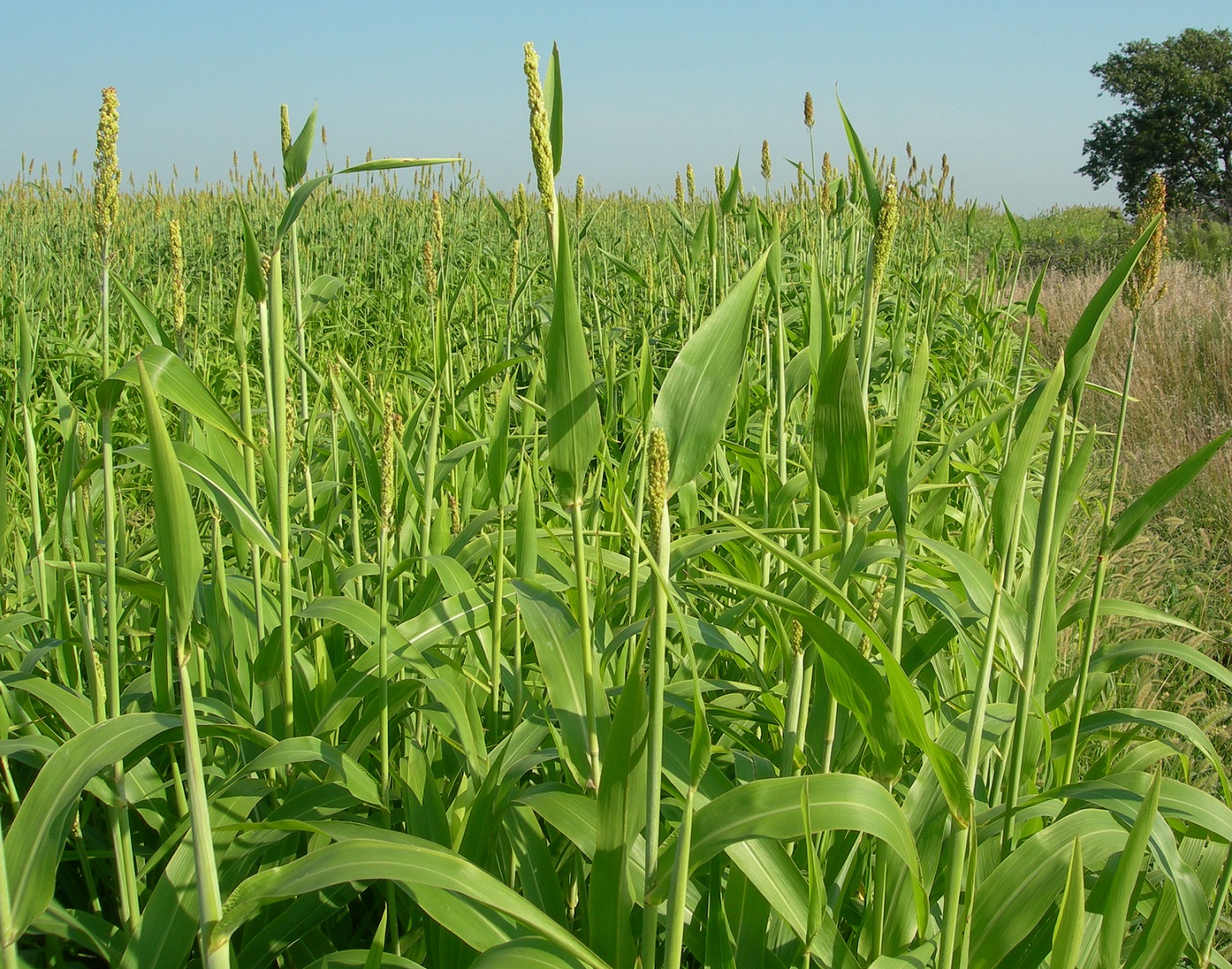Harvesting Prevent-Plant Sudans and Sorghums

Listen to a discussion of the content in this article on this episode of the BeefWatch podcast. You can subscribe to new episodes in iTunes or paste http://feeds.feedburner.com/unlbeefwatch into your podcast app.
September has arrived so crops like sorghum-sudangrass planted on prevent-plant acres now can be harvested or grazed. How should you do it?
Harvesting crops like sorghum-sudangrass requires dealing with all the moisture in the plant. As silage, it usually is too wet to chop directly. So you can windrow it, wilt to a desirable moisture, and then use a pickup attachment to chop. Or you can wait until grain gets dry enough to balance the plant moisture if the hybrid is one that makes enough grain. Or you can wait until a freeze causes the plant to dry down and then chop quickly enough so it doesn’t get too dry.
Making hay isn’t much easier, especially if plants are tall. September’s short days and cool temperatures will slow the drying rate so cut high to hold windrows off the ground, spread it wide to use as much sunlight as possible to dry it, and crimp it well to open stems so they can dry. Then hope it doesn’t rain for the next couple of weeks.
Maybe the best harvest option is baleage. Plastic wrapping bales that are around fifty percent moisture could save a week of drying time and reduce weather risks. You must either own the wrapping equipment or have a nearby custom operator but if it’s available it should be considered.
Grazing also can be challenging. If cattle get free access they will trample most of the forage. Maybe good for the soil but certainly a loss of a lot of potential feed. Allowing access to just a small portion of the field by strip grazing will get much more of the forage eaten rather than trampled. Windrowing first and then strip grazing may work even better.
Tall, green sudans and sorghums can provide much good forage but using them takes good moisture management.
Interviews with the authors of BeefWatch newsletter articles become available throughout the month of publication and are accessible at https://go.unl.edu/podcast.
